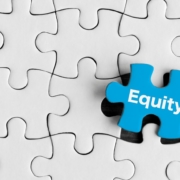Employee Refuses to Sign Handbook – What to Do
By Dan Darabaris
Employee handbooks are an important HR tool for any company. They outline everything from routines, such as start times and how to call in sick, to benefits, vacation, and overtime, to most importantly, policies, procedures, and rules. With so much key information contained in this document, it’s important to have employees sign an acknowledgement form that they have received the handbook and agree to follow it.
Why Should You Obtain Their Signature?
Because it helps protect the business. If you don’t have a written acknowledgement, you can get into battles over what the employee did and didn’t know, making it difficult if you need to write the employee up or wish to let them go.
But What Happens If an Employee Refuses to Sign?
Whether or not the employee signs the handbook, the policies and procedures outlined in the document still apply – and this is something that you should make clear to them. The purpose of the signed acknowledgement is to have documented proof that the employee was made aware of the policies, and you have other ways to document this.
Note the Refusal
Inform the employee that their refusal to sign does not exempt them from following all policies and procedures in the handbook. Then note that the employee was given a copy of the handbook, but refused to sign it. Be sure to make this notation along with the date.
Include Refusal Language on the Acknowledgement Form Itself
You could alternatively include language on the acknowledgement form that allows the employee to indicate that they were presented with a copy of the handbook, read it, and refused to sign.
Review the Handbook with the Employee
Have staff members, preferably both a member of the HR team and a manager, review the contents of the handbook with the employee. These staff members should indicate on the acknowledgement form that the employee refused to sign and that they reviewed the document with the employee. They should then sign and date the form. If you choose this route, be sure the staff members go over every topic, answer any questions the employee may have, and ask them if they have any questions.
Ask the Employee Why They Don’t Want to Sign the Handbook
I recommend finding out why the employee does not want to sign the acknowledgement. There could be a myriad of reasons and you should uncover them. It could be that they don’t agree with some of the policies or simply that they don’t understand them. Having a conversation with the employee allows you to address their concerns and clear up any confusion – heading off issues down the road. You could start the conversation by asking questions like, “What about signing the handbook concerns you?” or “This handbook is meant to serve as a resource for all of us and the policies apply regardless of whether you sign or not. Why are you opposed to signing it?”
Having this conversation may help you identify issues around some of your policies that need to be addressed.
If employees are having concerns regarding handbooks and policies, it may be an indication of a systemic issue with your organization. Monarch has the experience to help you uncover potential issues and work through whatever challenges your organization is facing.
 En Español
En Español















